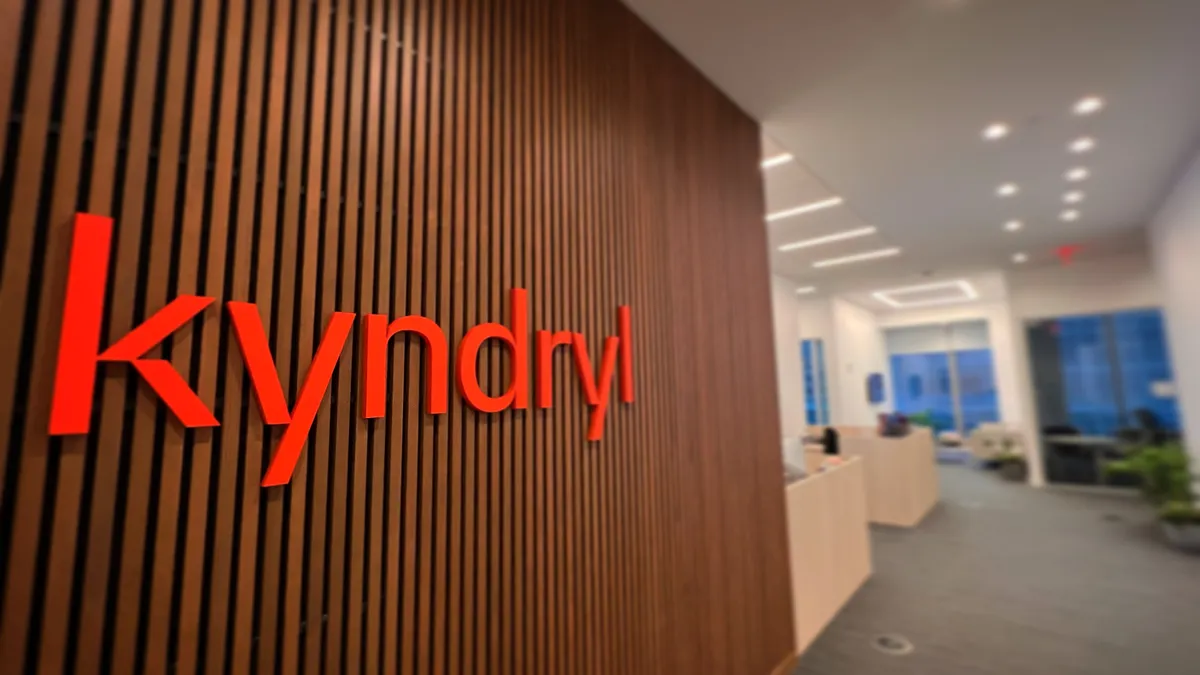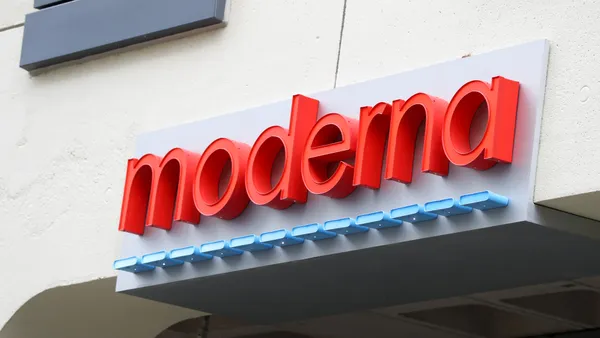Dive Brief:
- Lockheed Martin is equipping engineers with augmented reality headsets and software to facilitate the learning and manufacturing processes for its spacecraft production, according to a Wall Street Journal report. The company began studying and testing AR applications in production about five years ago. In the last year it has incorporated the technology into manufacturing NASA's Orion space vehicle for Mars, VP and CIO Yvonne Hodge told the Journal.
- AR devices can overlay production instructions, like drilling, onto parts of the vehicle so technicians don't have to rely on miniature models or paper instructions. The technology has crunched learning curves from hours to minutes and production times from months to weeks and improved defect rates.
- The emerging technology still has some challenges to overcome before wider deployment at Lockheed Martin, including software difficulties in modeling complex machinery in high resolution, according to Hodge. But its implications for 3-D representations of advanced systems like weaponry could help customers visualize products and speed up design timelines.
Dive Insight:
Augmenting human capabilities with new and emerging technologies can bring in significant returns for companies. In manufacturing, augmented and virtual reality can facilitate highly technical processes as small as tightening a screw or setting a wire, and in customer service areas it can help speed up and reduce costs for training.
Lockheed Martin isn't the first company to use AR/VR for production processes. Rolls-Royce Holdings used VR sets to help engineers practice assembling jet engines to save time and limit the waste of parts, and companies like Audi, DHL and Cisco Spark VR partnered with Facebook to bring Oculus for Business to their workers.
Even Walmart is using VR to augment employee training programs, a practice it plans to roll out to all of its academies.
With healthcare, retail and gaming among the leading applications for AR and VR technologies, carving out an enterprise niche for a technology that seemed so consumer-oriented was a gradual process. Google had a very public and spectacular failure of Google Glass before turning the technology around and bringing it to businesses.











